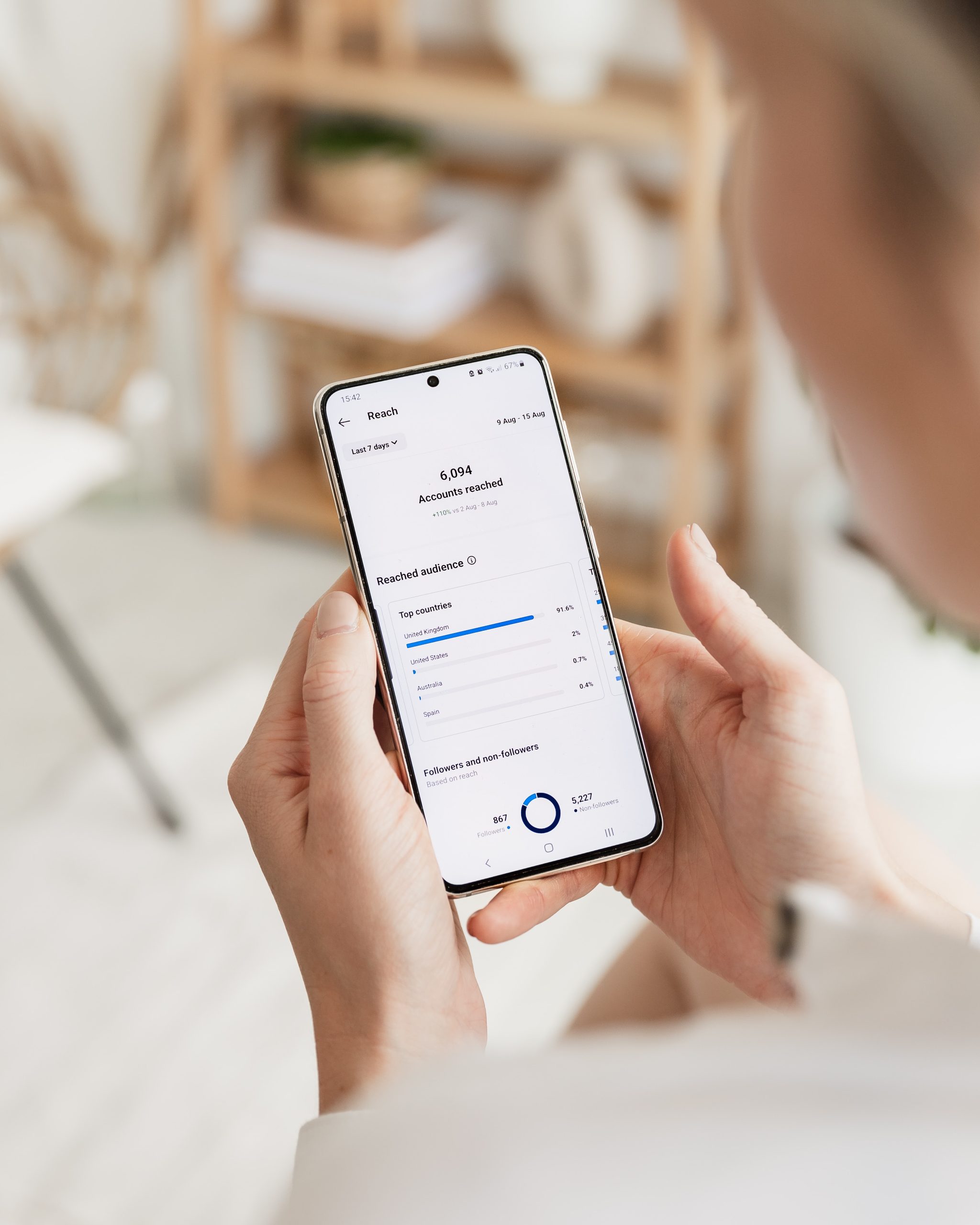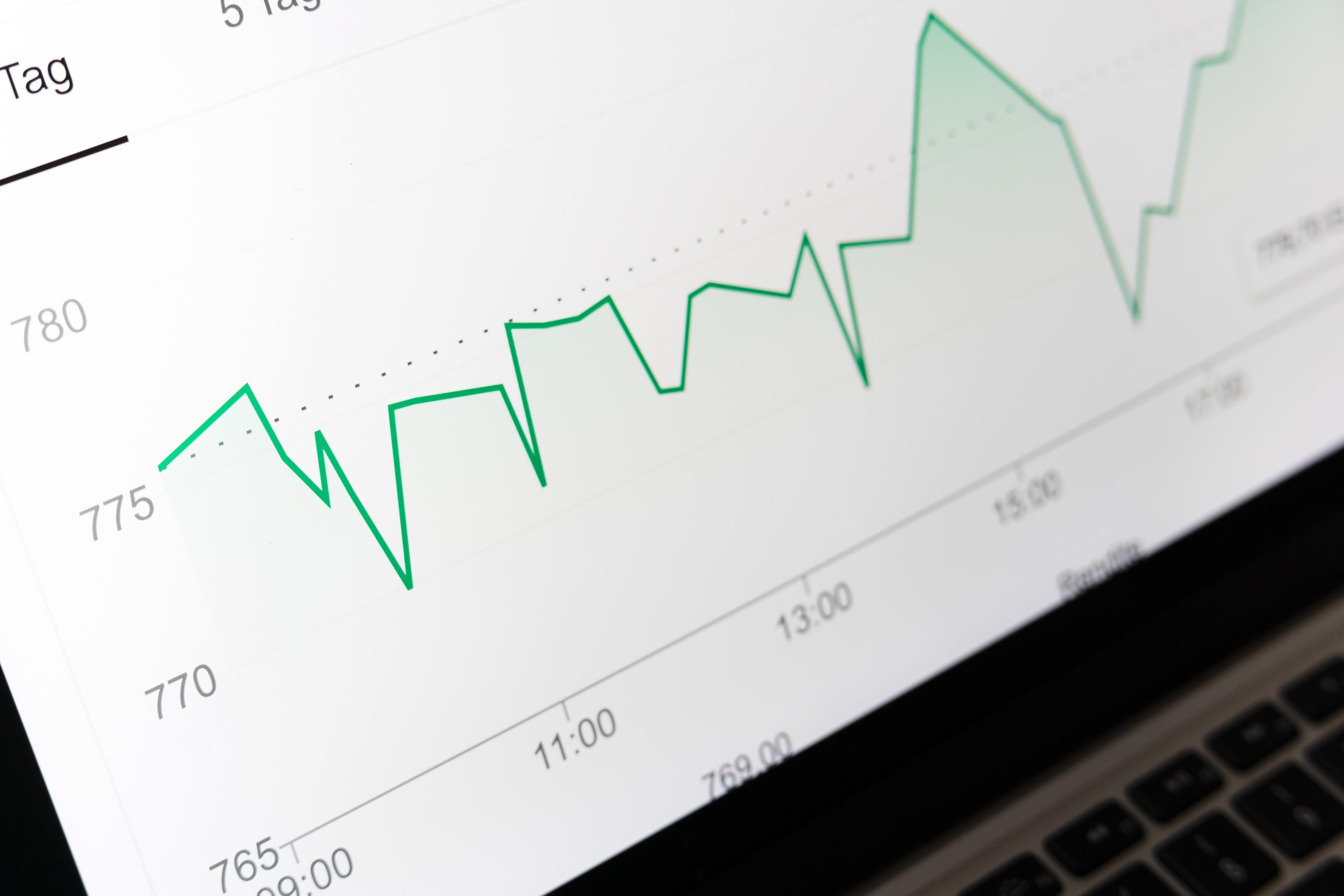Social media reach is a key metric for businesses trying to grow their online presence through content marketing or running social media campaigns. Understanding social media reach is important for anyone looking to make their mark on social media. Tracking your social media analytics, like reach across multiple social media platforms, allows you to measure and better understand the success of your social media marketing strategies and set firm KPIs.
In this article, we’ll explain exactly what reach is and answer the burning question many digital marketers and social media managers are asking: Has organic reach on social media been declining in recent years?
What is Social Media Reach?
Social media reach measures the total number of unique users who have seen a piece of content during a specific time period. Total reach gives you an idea of how many people are being exposed to your content and the size of your audience on social media platforms like LinkedIn, TikTok, Facebook, and Instagram, some of the most popular social media apps in 2023.
To understand reach on social media fully, here’s a short glossary of social media terms you need to understand how social media reach is measured:
- Social Media Impressions: Impressions refer to the total number of times your social media post is displayed to people, regardless of whether they interact with it or not. Reach and impressions will often be drastically different numbers. Here’s an example of social media reach vs impressions: If your post is seen 1,000 times, and some users see it twice, the total number of impressions might be 1,200.
- Unique users: Reach only includes the number of unique people who saw your content. Each user is only counted once, regardless of how many times they saw the same post.
- Potential reach: This metric estimates the potential audience of your advertisements based on factors like your number of followers and the platform’s algorithm. It gives you an idea of your content’s maximum reach potential.
- Engagement: The overall engagement rate of a post is the number of people who liked, shared, or commented on your post or took further action, like clicking on your profile.

Why is Reach Important In Social Media Marketing?
Social media reach is one of the most important social media metrics. It provides key insights into the number of people your content is reaching and, therefore, how many people have had a chance to learn about your brand. The broader your reach and the more content in front of your target audience, the higher your chances are of fostering brand awareness and visibility online.
It also allows you to measure the effectiveness of different types of social media posts and your marketing campaigns. By measuring reach on specific posts, you can see which social media strategies, hashtags, and types of content are favoured by the social media algorithms the most. If you’re thinking of expanding to video content on social media, we’ve got a useful social media video spec guide to get you started.
Comparing your social media engagement ratio with the reach of your content can also give you a better idea of how compelling your content is. While it’s expected that many users who see your content won’t interact with it, if your social media content has a high overall reach but your average engagement rate is minimal, it’s time to reassess your strategy. This means few people who your content reaches find it interesting or appealing.
How To Measure and Track Reach Metrics Across Social Media Platforms
The easiest way to measure metrics like reach is to use a social media analytics tool that’s already built into the platform. Almost every social media platform like Instagram, Facebook, and LinkedIn has built-in analytics tools that allow you to measure social media reach, engagement, followers or impressions. These tools are great for calculating platform-specific data in real time.
However, if you’re serious about tracking your social media analytics, it might be worthwhile using a third-party analytics and social media management tool like Hootsuite, Buffer, or Sprout Social. These tools centralise and quantify analytics from several social media platforms, allowing you to take a more holistic look at social media strategy. These platforms also provide scheduling software, encouraging you to post more consistently, and allow you to track the effectiveness of a specific hashtag or keyword.
Has There Been A Decline In Organic Social Media Reach in 2023?
Organic reach is the number of people who stumble upon your content through unpaid channels, like the ‘Explore’ feed on Instagram. This kind of reach is highly valuable to businesses as it allows them to reach the people most interested in their product or niche without spending money on ads. However, social media’s organic reach has been declining steadily over the past few years, meaning businesses have an increasingly smaller audience size on social media than they would normally unless they spend money. This can be attributed to a few different factors, including:
- Changing algorithms: Platforms like Instagram and Facebook have changed their algorithms to prioritise content from family, friends, and groups over public posts, making it harder for businesses to gain visibility.
- Over saturation: The rapid increase in businesses on social media means there’s increased competition for people’s attention, and it’s easier to get lost in the crowd.
- Paid content prioritisation: Social media companies are increasingly prioritising paid ads over organic content from businesses, making it harder to gain visibility unless you’re willing to spend the money.

Is Posting Non-Sponsored Content On Social Media Still Worth It?
While the drop in organic reach might make shilling out to sponsor your posts seem appealing, trying to build up organic reach is still important for businesses. Generally, users trust and appreciate organic content more than paid ads. Organic reach reflects users who have a genuine interest in your brand and the content you post and serves to build long-term relationships and trust with your online audience.
How To Maintain Your Organic Reach In Spite Of The Algorithm
Not all hope is lost if you’re still thinking of reaching users organically as your primary strategy. Here are some easy tricks you can implement to boost your organic visibly on social media:
- Post when your followers are online. This will increase your chance of coming up in their feed. Instagram insights has a helpful tool showing when your audience is online the most often to help you do this.
- Focus on creating high-quality, valuable content. Social media users these days often suffer from advertising fatigue – refocusing your content to provide users or subscribers with useful information or entertainment instead of overt sales tactics will build your following and increase brand awareness, leading to increased sales in the long run.
- Start conversations: Foster user participation by asking questions, running competitions, encouraging user-generated content, and replying to comments promptly. Making your audience feel heard and valued will increase your organic reach and play into the algorithm by increasing engagement.
Looking For Social Media Post Inspiration?
If you’re trying to up your social media game and increase your reach but struggle with content ideas, our free content idea generator can help. Posting regularly is important for the algorithm, and your audience, and this tool is designed to help with that and take some of the stress out of trying to build your online presence.



